Thai cuisine is known for its exotic and aromatic flavours that leave a lasting impression on your taste buds. One of the most popular and loved Thai desserts is Mango Sticky Rice. This delectable Thai delicacy is a perfect blend of sweetness.
Sticky rice and juicy, ripe mangoes that are garnishe with coconut cream and toasted sesame seeds. Mango Sticky Rice has gained immense popularity worldwide due to its unique taste and texture. And it is a must-have dish in every Thai restaurant. If you are a fan of this delicious dessert and want to know how to prepare it at home.
Then you have come to the right place. We will provide you with a step-by-step guide on How to Prepare Traditional Thai Mango Sticky so that you can enjoy this mouth-watering dessert in the comfort of your own home.
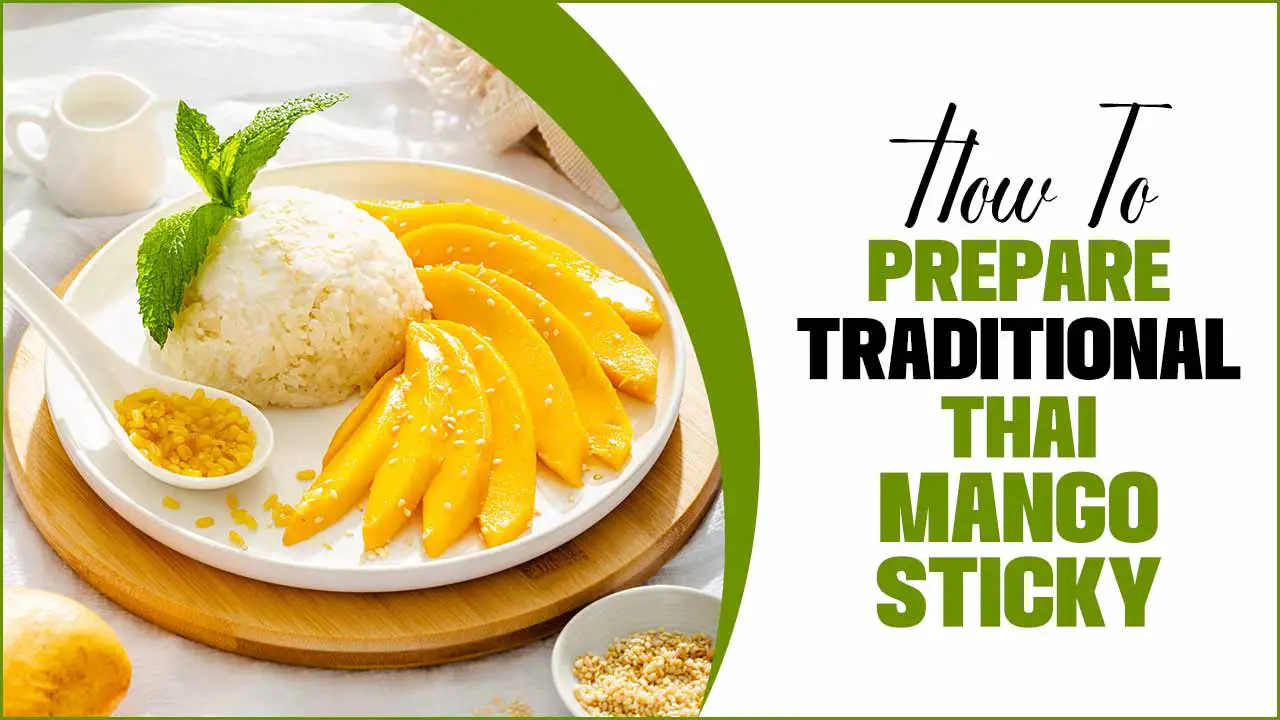
How To Prepare Traditional Thai Mango Sticky – Exploring The Processes
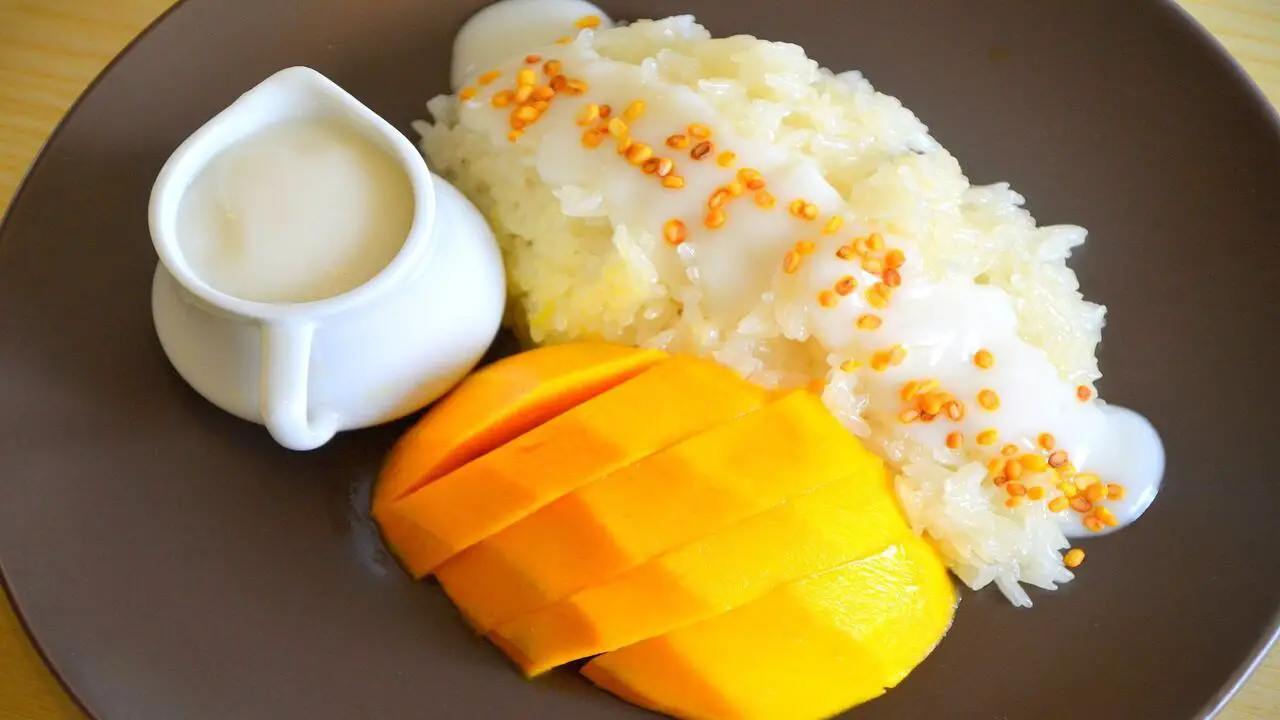
If you’re a fan of Thai cuisine, then you must have heard of the popular dessert, Mango Sticky Rice. This sweet and flavorful dessert combines. The richness of coconut milk with the delicate sweetness of ripe mango and sticky rice.
This sweet and flavorful dessert combines the richness of coconut milk with the delicate sweetness of ripe mango. And sticky rice for a dynamic flavour combination that is sure to tantalize your taste buds. The creamy coconut milk adds a luxurious and indulgent texture to the dish, while the ripe mango pieces lend a natural sweetness that is balanced out by the chewy, nutty taste of the sticky rice.
The contrast between the three elements makes for a unique and flavorful treat that is perfect for any occasion. Here are 5 steps to guide you on How to Prepare Traditional Thai Mango Sticky that you can follow.
Step 1: Soaking The Sticky Rice
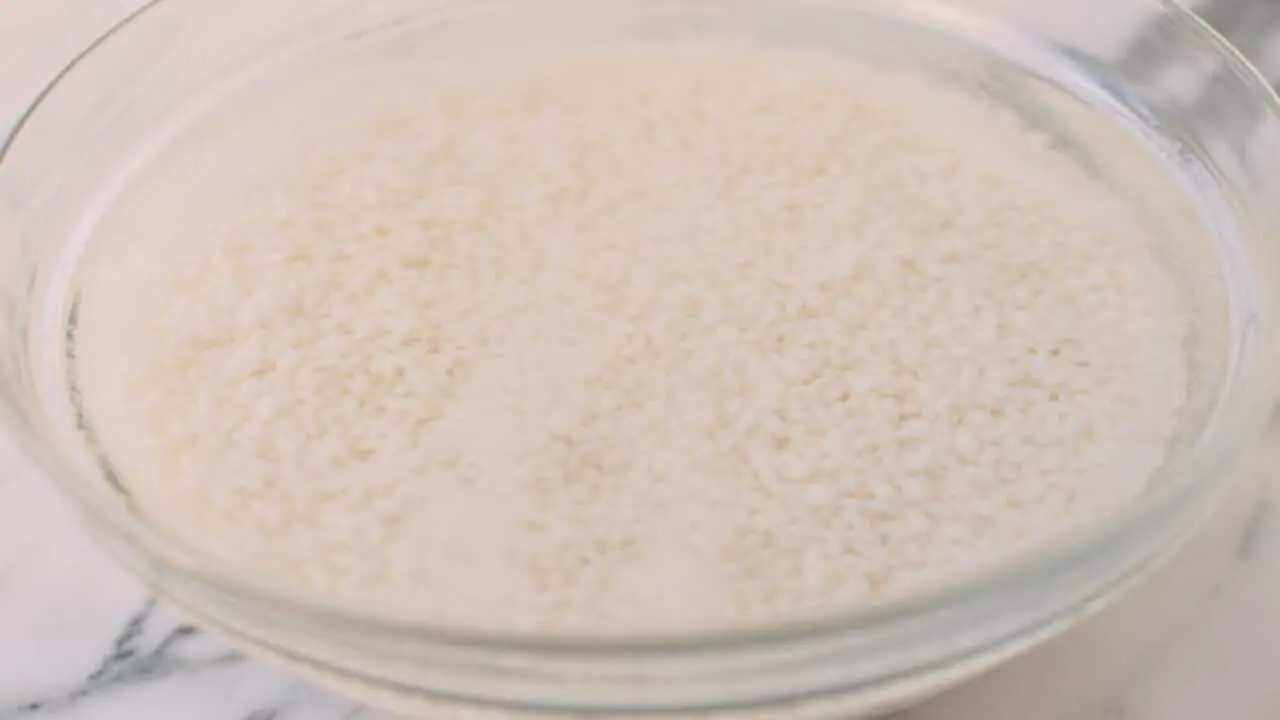
Thai Mango Sticky Rice is a traditional dessert that is enjoyed by many people all around the world. It is known for its unique combination of sweet and creamy flavours, perfectly balanced with sticky rice’s slightly chewy texture.
However, preparing this dessert can be tricky if you’re unfamiliar with the process. The first step in making Mango Sticky Rice is to soak the sticky rice for at least 4 hours, but preferably overnight. Soaking the rice helps soften the grains and ensures it cooks evenly.
Soaking the rice before cooking helps break down the starches, which makes the grains softer and more tender. This allows the rice to cook more evenly, resulting in a creamy texture and perfectly cooked grains. Additionally, soaking the rice can help reduce cooking time, ensuring you have rice cooked to perfection in no time.
Step 2: Steaming The Sticky Rice
If you want to try something new and exotic, why not try Thai Mango Sticky Rice? This delicious dessert is a traditional Thai dish that is easy to prepare and perfect for those with a sweet tooth. The key to making Mango Sticky Rice is to steam the sticky rice, a glutinous rice commonly used in Southeast Asian cuisine.
To start, rinse the rice thoroughly and soak it in water for at least an hour. Once the rice is ready, place it in a steamer basket and steam it for about 25-30 minutes until it’s tender. Once the rice is ready, add it to a steamer basket and place the basket inside a pot of boiling water. Steam the rice for 25-30 minutes, stirring occasionally, and check the consistency of the rice.
Step 3: Preparing The Coconut Sauce
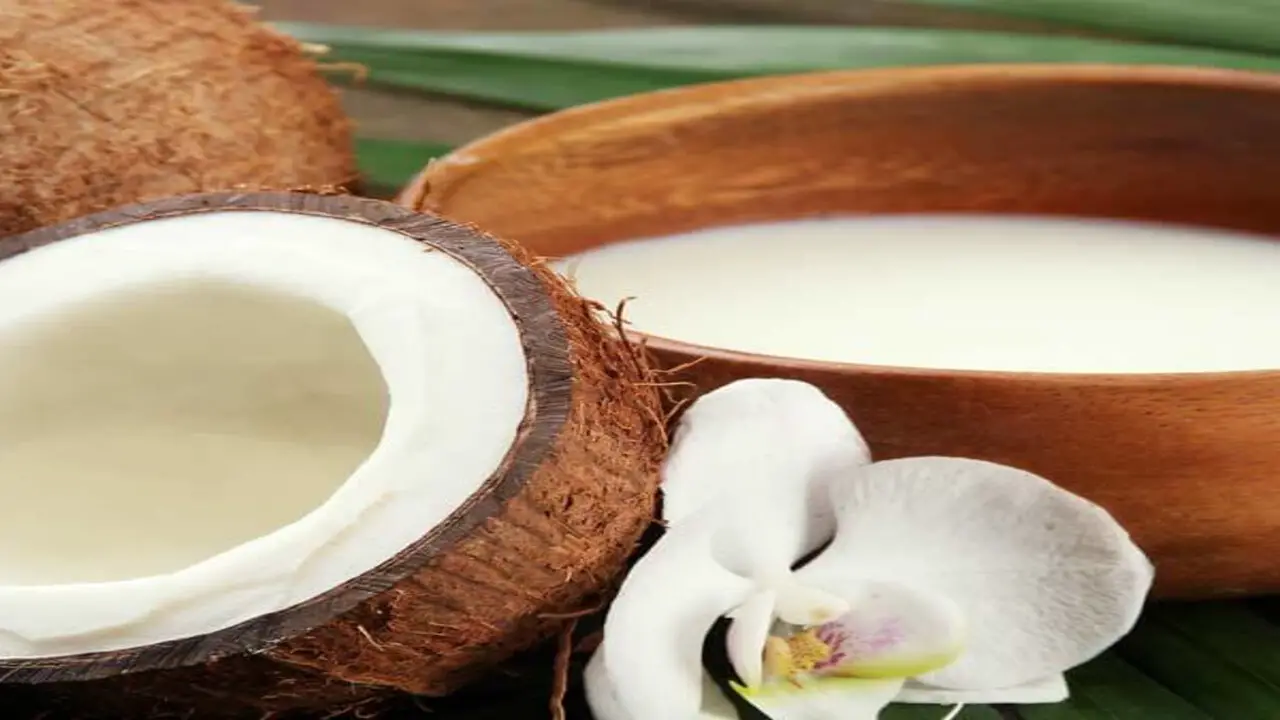
Preparing the perfect Coconut Sauce is essential in making traditional Thai Mango Sticky Rice. Start with a can of high-quality coconut milk and some sugar. Begin by stirring the coconut milk in a saucepan to prevent it from boiling. Add the sugar and stir once the coconut milk is hot until it dissolves completely.
You can adjust the amount of sugar to your liking, depending on how sweet you want the sauce to be. You can tailor the amount of sugar to your taste, depending on how sweet you would like the sauce to be. You could opt for less sugar for a more subtle flavour, whereas adding a larger amount can achieve more sweetness. Experiment with different amounts until you find the perfect balance of sweetness and flavour that you desire.
Step 4: Slicing The Ripe Mangoes
Slicing the ripe mangoes is the first step in preparing traditional Thai mango sticky rice. This popular dessert is a perfect combination of sweet and savoury flavours, making it a favourite among Thai locals and visitors alike. To begin, select the ripest mangoes, as these will have the sweetest and juiciest flesh.
Cut the mangoes into thin slices and set them aside. Next, prepare the sticky rice by rinsing it several times until the water runs clear. Soak the rice in water for at least 30 minutes before cooking it in a rice cooker or on the stovetop.
Before cooking the rice, it is important to ensure it is properly prepared. Start by soaking the rice in cold water for at least 30 minutes. This step helps to remove any impurities from the surface of the rice and helps to create an even texture.
Step 5: Assembling The Mango Sticky Rice
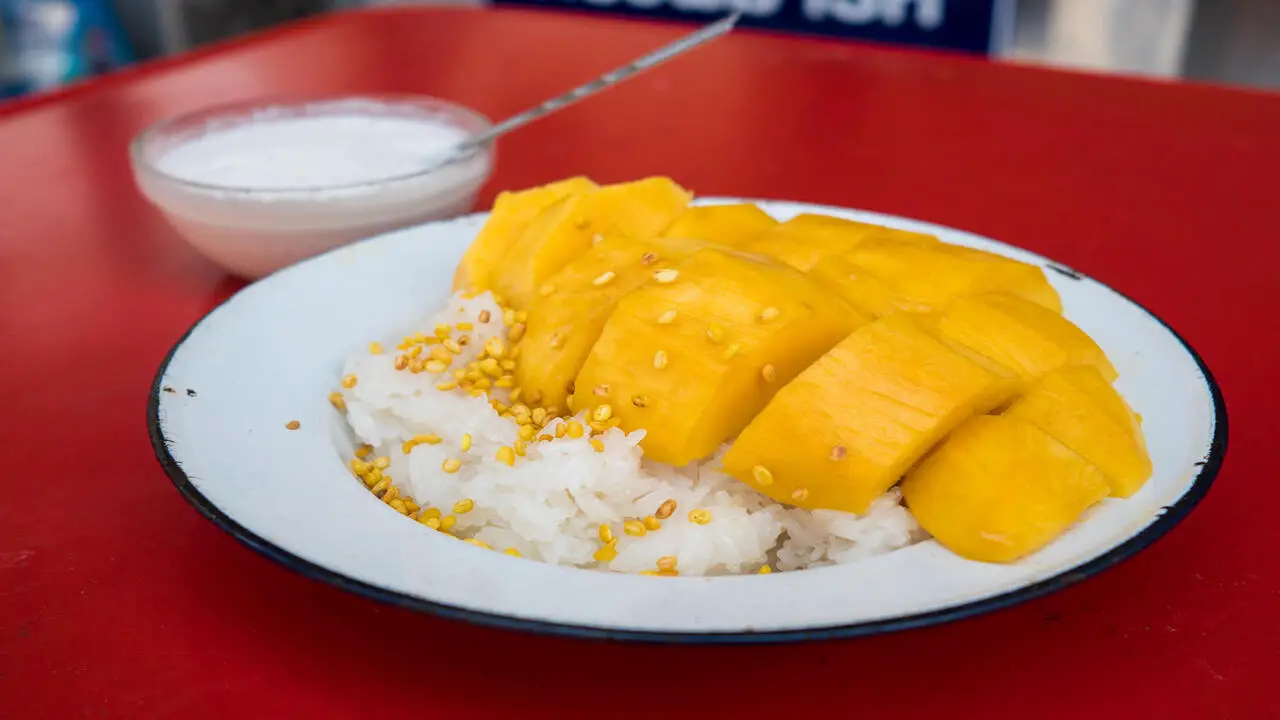
Assembling the Mango Sticky Rice is an art that requires patience, attention to detail, and a love for traditional Thai cuisine. To prepare this delicious dessert, you will need to follow a few simple steps. First, start by selecting the best quality ripe mangoes.
Mangoes that are firm yet ripe, with a sweet aroma and no bruises or blemishes, make for the best choice. Next, prepare the sticky rice by soaking it in water for at least an hour before cooking it.
Once cooked, add coconut milk, sugar, and salt to create a sweet and creamy flavour that complements the mangoes perfectly. Cut the mangoes into bite-sized pieces and set them aside. Finally, assemble the dish by placing a generous serving of sticky rice onto a plate and topping it with the mango pieces.
Step 6. Variations And Flavor Combinations
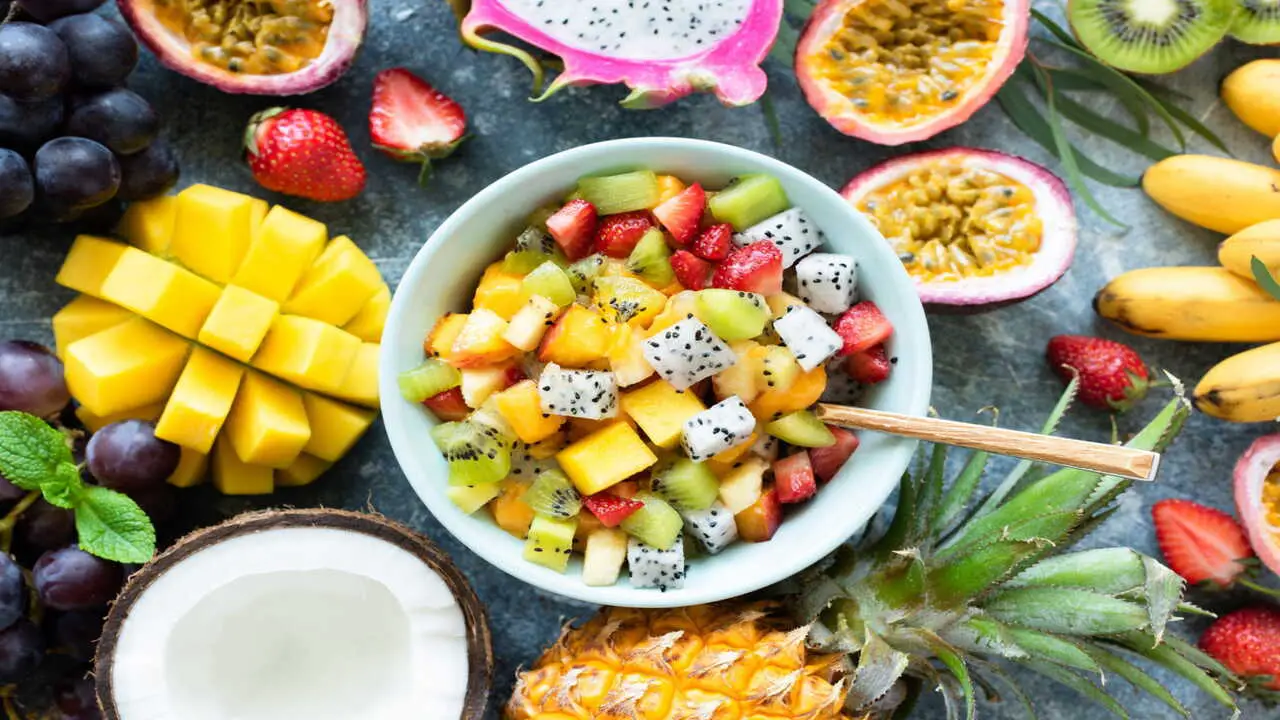
When it comes to food, there are endless variations and flavour combinations to explore. The possibilities are endless, from savoury to sweet, spicy to mild. Whether you prefer traditional dishes or experimental twists, there is always something new and exciting to discover.
One popular way to explore flavour combinations is through fusion cuisine, which combines elements of different culinary traditions to create something unique and delicious. For example, you might try a Korean BBQ taco or a sushi burrito.
Another way to explore flavour variations is through different cooking techniques, such as grilling, smoking, or roasting, which can all add unique flavours and textures to your dishes. And, of course, there are plenty of ingredients to play with, from classic herbs and spices to exotic fruits, vegetables, and meats.
Conclusion
Mastering the art of traditional Thai mango sticky rice requires patience, precision, and attention to detail. However, the result is a delicious and satisfying dessert that will impress. By following the step-by-step instructions outlined in this post and using high-quality ingredients, you can create authentic and flavorful mango sticky rice that will transport your taste buds to the streets of Thailand.
So why not give it a try and discover the delightful flavours of this beloved Thai dessert for yourself? If you read the above outline correctly, we hope you understand How to Prepare Traditional Thai Mango Sticky.
FAQ
1.What Is Thai Mango Sticky Rice?
Ans: People traditionally make Thai Mango Sticky Rice by cooking sticky rice in coconut milk and serving it with ripe mangoes. Some cooks prefer to add a pinch of salt or sugar to the coconut milk to enhance the flavour and to make the dish more balanced.
2.How Do I Steam Sticky Rice?
Ans: Drain the soaked sticky rice, place it in a lined steamer, and steam it over medium-high heat for 25-30 minutes until it becomes soft and sticky. Once the rice is cooked, transfer it to a large mixing bowl and add in the grated coconut, sugar, and salt.
3.Can I Garnish Mango Sticky Rice With Anything Else?
Ans: In addition to the coconut sauce and mangoes, you can garnish Mango Sticky Rice with toasted sesame seeds or roasted mung beans. The nutty flavours of the sesame seeds and mung beans add a delicious crunch that complements the soft and creamy texture of the rice.
4.What Is The Coconut Sauce Used In Mango Sticky Rice?
Ans: The coconut sauce used in Mango Sticky Rice is typically made by combining coconut milk, sugar, and salt and heating it until the sugar dissolves and the sauce thickens. Some recipes may also include pandan leaves or other flavourings.
5.Can I Serve Mango Sticky Rice With Other Fruits Instead Of Mangoes?
Ans: Yes, you can serve Sticky Rice with various fruits instead of mangoes. Some popular alternatives include sliced strawberries, sliced bananas, or diced pineapple. You can also add a mix of fruits to make a fruit salad to serve with the Sticky Rice.

I’m a writer and blogger who loves to talk about entertainment, culture, and relationships. I love to share my thoughts and insights on these topics, and I’m always looking for new ways to engage with my readers. I’m also a big fan of learning new things, so I’m always exploring new areas of interest.
